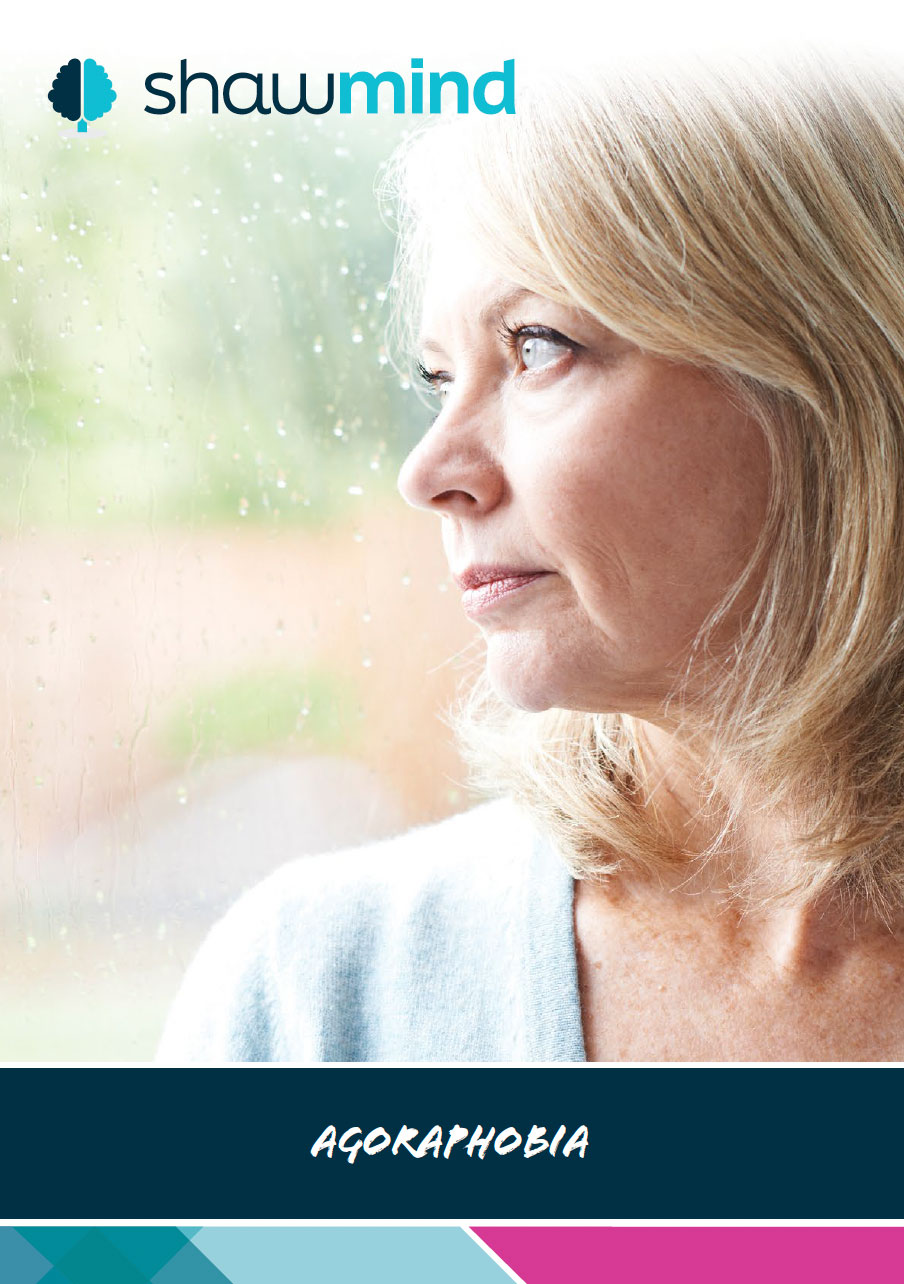Agoraphobia is an anxiety related disorder that revolves around a disproportionate fear of situations in which a person may struggle to escape. Whilst it is often referred to as simply a fear of open spaces, it is in fact much more complex than this and can apply to situations such as leaving the house, standing in line or using public transport. Individuals with agoraphobia tend to associate fear with certain places, often evaluating them to be much more dangerous than they are. Entering these places, or even the anticipation of entering them, can cause a great deal of fear or anxiety to the sufferer. This then results in some of the symptoms we will discuss below.
Interestingly, the thoughts and fears that an agoraphobic person experiences are likely to adapt with age. For example, a child with the disorder may fear being lost in a certain place, whilst an adult may fear falling over in the same situation. Most sufferers will be able to realise that their fear is irrational, but they are unable to change their behaviours. As with many disorders, agoraphobia can become very debilitating, with severe cases often leaving people housebound and unable to work. In other cases, people may be able to function and conceal the fact they are suffering.
It is important to note that, until very recently, the manuals that psychologists used to diagnose a patient did not treat agoraphobia as an individual illness, and instead it was classified as a type of panic disorder. Whilst there are still a great number of links between these disorders, the new Diagnostic Manual, the DSM-V, has classified agoraphobia as its own condition. While this is good news as it means agoraphobia will receive more funding and research, it also does limit the current information available that looks at agoraphobia as its own condition. This brief information sheet may therefore also include information drawn from the previous diagnosis where relevant.
To find out more, download our agoraphobia guide:
DOWNLOAD GUIDE

